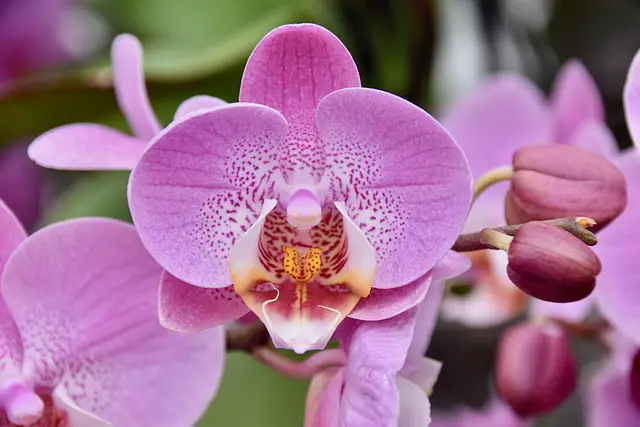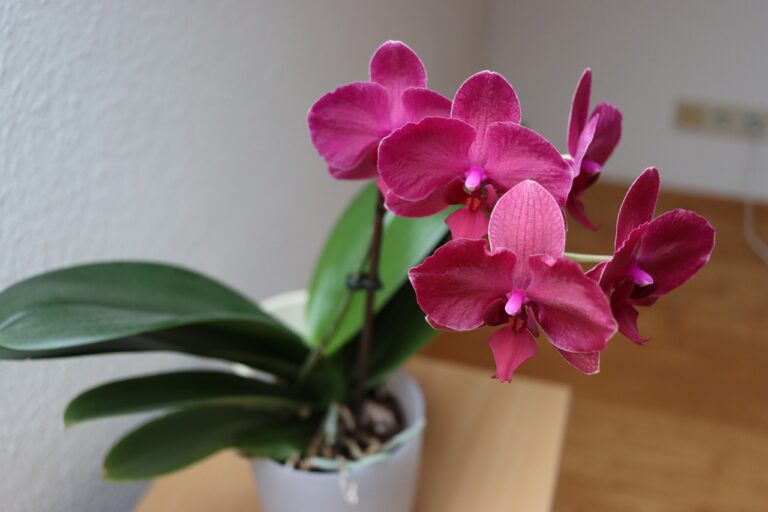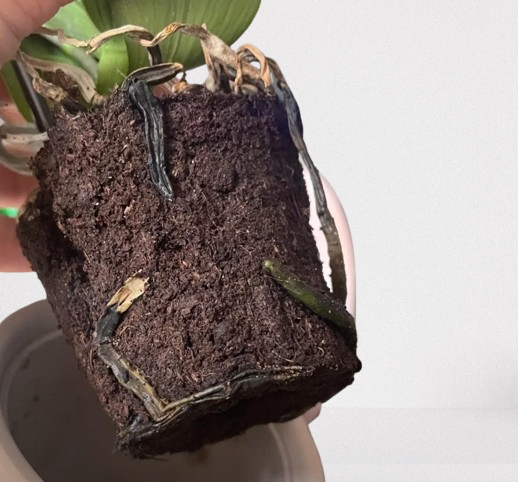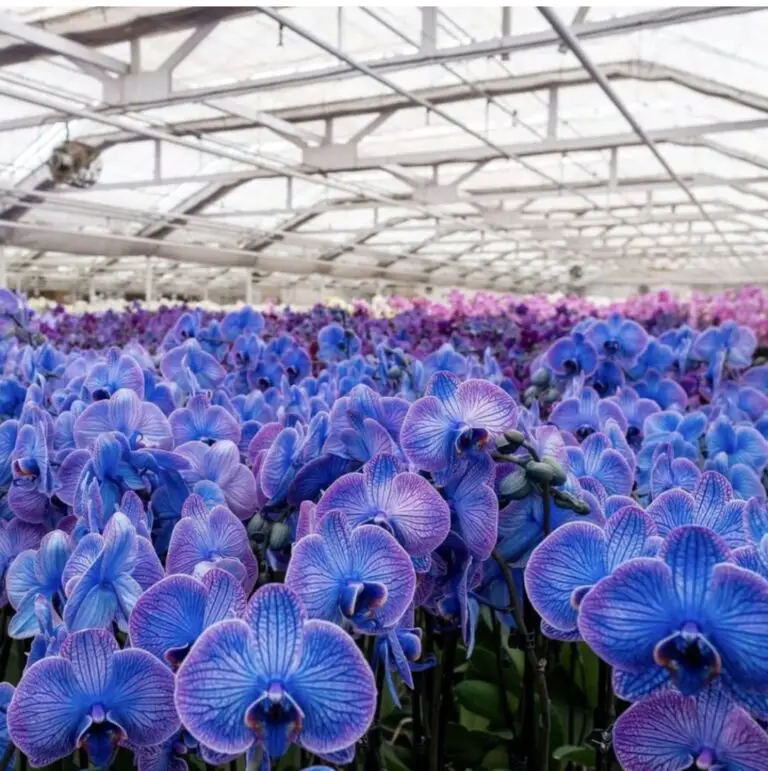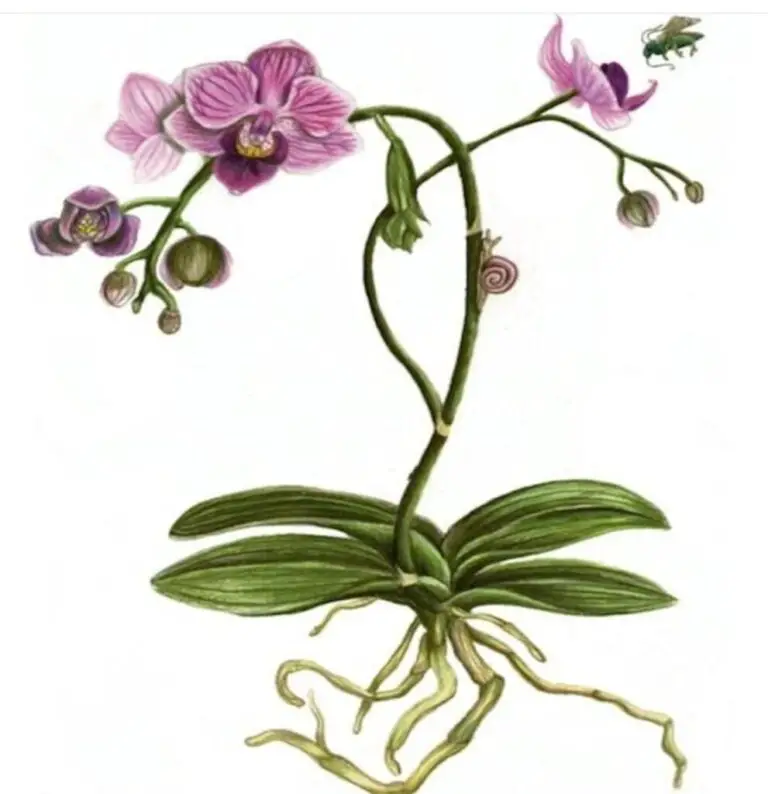The apple blossom flower is a classic representation of beauty, rebirth, and springtime.Known for its delicate petals and soft shades of pink and white, it graces apple trees with a stunning floral display that captivates gardeners and nature lovers alike. Beyond its visual appeal, the apple blossom plays a crucial role in the pollination process and the eventual production of apples. Whether grown for ornamental purposes or as part of a fruit-bearing tree, proper care is essential to ensure healthy growth and consistent blooming.
Caring for apple blossom flowers involves more than just watering and sunlight. These flowers respond to specific conditions—such as soil quality, pruning practices, and seasonal climate changes—that can significantly impact their health and flowering potential. By understanding their unique needs, both beginner and experienced gardeners can enjoy a lush, fragrant canopy of blossoms year after year.
This guide compiles 20 must-know care tips to help you cultivate vibrant apple blossom flowers in your garden, orchard, or even containers. From choosing the right location and soil preparation to pest control and long-term maintenance, each tip is designed to support strong growth and abundant flowering. With the right care, your apple blossom flowers will not only thrive but also elevate the beauty and vitality of your outdoor space.

Understanding Apple Blossom Varieties
Apple blossom flowers come from various apple tree species, each with slight differences in bloom color, size, and fragrance. Common varieties include crabapple and wild apple trees. Knowing your specific variety helps tailor care routines to ensure healthy growth, strong blossoms, and proper disease resistance specific to that type.
Choosing the Right Location
Apple blossoms thrive in full sunlight, which is essential for photosynthesis and flower production. Select a planting location that receives six hours or more of direct sunlight each day.Ensure the area is free from high winds or shade from large trees that can hinder blooming or reduce airflow.
Soil Requirements
Well-drained, loamy soil rich in organic matter is ideal for apple blossom health.A slightly acidic to neutral pH range of 6.0 to 7.0 is what you want. Adding compost or aged manure can improve texture and nutrients, ensuring strong root development and vibrant blooms throughout the growing season.
Watering Schedule
Apple blossoms need consistent moisture, especially during dry periods and while buds are forming.Depending on the amount of rainfall, water deeply once or twice a week. Avoid waterlogging the roots, which can lead to rot. A drip irrigation system or soaker hose can help maintain ideal moisture levels without overwatering.
Fertilizing Tips
Before bud break in the early spring, fertilise your apple blossom plant with a balanced fertiliser. Make use of a slow-release formula that has equal amounts of potassium, phosphorus, and nitrogen. Steer clear of excessive fertilisation, as this may encourage the growth of leaves at the expense of blooms. If flowers appear weak or scarce, reapply in the middle of the season.
Pruning for Healthy Growth
Pruning promotes greater flower production and maintains the health of apple blossom plants. Before new growth starts, trim any unhealthy or dead branches in late winter or early spring. In order to promote stronger, more numerous flowers and lessen disease, the canopy should be shaped to permit light penetration and air circulation.
Temperature and Climate Needs
Apple blossoms flourish in temperate climates with cold winters and warm springs. They require a chilling period to break dormancy and bloom. Protect them from late spring frosts using row covers or frost cloths, as sudden temperature drops can damage buds and significantly reduce flowering.
Pest Control
Common pests affecting apple blossoms include aphids, mites, and caterpillars.Check your plant frequently for infection symptoms, such as curled leaves or sticky residue.Use neem oil, insecticidal soap, or introduce beneficial insects like ladybugs to keep pest populations under control without harming the plant.
Disease Prevention
Apple blossoms are prone to fungal diseases such as powdery mildew, apple scab, and fire blight. To prevent infection, avoid overhead watering and ensure good air circulation through proper spacing and pruning. Apply organic fungicides during wet seasons and remove any infected plant parts promptly.
Mulching Benefits
In order to control soil temperature, reduce weeds, and keep soil moisture, an organic mulch layer should be applied around the base of the plant. Use compost, straw, or shredded bark, but keep it a few inches from the trunk to avoid rot. For mulch to be effective, it should be refreshed once a year.
Pollination Support
Apple blossoms rely heavily on pollinators like bees for fruit set. Plant pollinator-friendly flowers nearby and avoid using chemical pesticides during bloom. Consider introducing a second apple tree of a different variety for cross-pollination, which significantly improves flower fertilization and increases the overall yield of blossoms.
Seasonal Care Guide
Adjust care practices according to the season. In spring, focus on watering and fertilizing. Summer may require pest monitoring and mulching. Fall is ideal for pruning and disease prevention, while winter calls for protecting young trees from frost with wraps or barriers and preparing the soil for dormancy.
Repotting and Transplanting
If growing apple blossoms in containers, repot every two to three years to prevent root binding and refresh the soil. While the plant is dormant, pick early spring or autumn for garden transplantation. After transplanting, make sure to water well, dig a broad hole, and keep the roots at their original depth.
Companion Planting
Grow companion plants like chives, nasturtiums, and marigolds near apple blossoms to repel pests and attract pollinators. Avoid planting near plants that compete heavily for nutrients or water, such as walnuts or aggressive vines. Strategic companions enhance soil health and naturally support flower and tree development.
Propagation Methods
Apple blossoms can be propagated through seed, grafting, or cuttings. The most dependable method for ensuring true-to-type offspring is grafting. Softwood cuttings taken in early summer can root with the help of hormone powder. While seeds are fun to grow, they often produce trees that differ from the parent plant.
Protecting Against Harsh Weather
Apple blossoms can be sensitive to extreme conditions. In hot climates, provide partial afternoon shade or use tree wraps to prevent sunscald. Wrap tree guards around trunks in chilly climates during the winter. Stake young trees to protect them from wind damage and prune damaged limbs after storms.
Container Gardening
Growing apple blossoms in pots is possible with dwarf or compact varieties. Select a sizable container that drains well and use high-quality potting mix.Water more frequently and provide support stakes if needed. Container plants may require more frequent feeding and protection from harsh weather extremes.
Signs of Stress or Decline
Keep an eye out for symptoms including yellowing, withering leaves, decreased growth, or fewer blooms.These may indicate overwatering, nutrient deficiencies, or pest issues. Early detection allows for quicker corrections. Keep a routine check of your plant’s health, especially during seasonal changes or after harsh weather events.
Boosting Bloom Production
Encourage more blossoms by ensuring the plant has enough sunlight, proper pruning, and regular feeding. Avoid excess nitrogen, which promotes leafy growth over flowers. Pinch off early weak buds to redirect energy to stronger ones. Healthy, stress-free plants bloom more profusely and for longer periods.
Long-Term Maintenance Tips
Apple blossoms require ongoing care for sustained beauty. Maintain annual pruning, monitor pests, and replenish mulch and compost as needed.To avoid illness, keep the space tidy by picking up fallen fruit and leaves. With proper long-term attention, your apple blossom tree can thrive and bloom for decades.
FAQs
What is an Apple Blossom Flower?
An Apple Blossom Flower is the delicate, fragrant bloom found on apple trees during spring. Known for its soft pink and white petals, the Apple Blossom Flower not only signals the start of fruit production but also adds ornamental beauty to gardens and orchards across temperate climates.
2. When does the Apple Blossom Flower typically bloom?
The Apple Blossom Flower usually blooms in early to mid-spring, depending on the climate and variety. These blossoms mark the beginning of the apple tree’s fruiting process, attracting pollinators and signaling the change of seasons with their vibrant display of colors and sweet, fresh fragrance.
3. What do Apple Blossom Flowers symbolize?
The Apple Blossom Flower symbolizes love, fertility, and new beginnings. In various cultures, this bloom is seen as a sign of hope and growth. Many also associate the Apple Blossom Flower with beauty and peace, making it a popular element in romantic arrangements and symbolic floral art.
4. Can I grow the Apple Blossom Flower at home?
Yes, you can grow the Apple Blossom Flower by planting an apple tree in your yard or garden. Ensure proper sunlight, well-drained soil, and adequate watering. With the right conditions and care, your tree will reward you with the lovely Apple Blossom Flower every spring.
5. What kind of care does an Apple Blossom Flower need?
To care for an Apple Blossom Flower, maintain a healthy apple tree.Give it ample sun, water it frequently, and prune it occasionally.Protect from pests like aphids or moths. The Apple Blossom Flower thrives when the tree is well-nourished and maintained through all seasons, especially spring.
6. Are Apple Blossom Flowers fragrant?
Yes, the Apple Blossom Flower is known for its light, sweet fragrance. This scent attracts pollinators such as bees, which play a crucial role in the tree’s fruiting process. Many gardeners grow apple trees specifically to enjoy the delightful aroma of the Apple Blossom Flower in bloom.
7. How long do Apple Blossom Flowers last?
An Apple Blossom Flower typically lasts for 1 to 2 weeks, depending on weather conditions and the apple tree’s health. Wind, rain, and frost can shorten its bloom period. However, the brief life of the Apple Blossom Flower adds to its charm and seasonal beauty.
8. Can I use Apple Blossom Flowers in floral arrangements?
Yes, though delicate, the Apple Blossom Flower can be used in floral arrangements. Because of its soft petals and pastel colors, it pairs well with springtime flowers. However, since it is short-lived, it’s best used for same-day events or as a fresh-cut decorative piece.
9. Is the Apple Blossom Flower edible?
The Apple Blossom Flower is technically edible but should be consumed in moderation. Some people use the petals for garnish or tea infusions. Ensure the Apple Blossom Flower is pesticide-free and organic if you plan to eat it, as chemical treatments can make it unsafe for consumption.
10. Are Apple Blossom Flowers good for pollinators?
Yes, the Apple Blossom Flower is excellent for pollinators, especially bees. Its sweet nectar and bright petals attract bees and other beneficial insects, helping in the pollination process. Planting apple trees supports local ecosystems and provides nourishment to various pollinators in spring.
11. How can I preserve Apple Blossom Flowers?
To preserve the Apple Blossom Flower, try pressing the blooms between parchment paper or drying them using silica gel. While the scent may fade, the delicate beauty of the Apple Blossom Flower can be kept for scrapbooks, art, or keepsakes, capturing the essence of spring.
12. What types of apple trees produce Apple Blossom Flowers?
All apple trees, including varieties like Fuji, Gala, and Honeycrisp, produce the Apple Blossom Flower. Each variety may differ slightly in blossom color and bloom time, but all share the signature pink-to-white flowers that contribute to the enchanting look of an orchard in spring.
13. Why is my Apple Blossom Flower not blooming?
If your Apple Blossom Flower isn’t blooming, it could be due to insufficient sunlight, improper pruning, or nutrient deficiencies. Cold weather damage and pest infestations may also affect blooming. Ensure your apple tree receives good care throughout the year to support healthy flower production.
14 What role does the apple blossom flower have in culture?
Many traditions place cultural significance to the apple blossom flower. It represents beauty and agricultural prosperity and is the state flower of both Michigan and Arkansas. The apple blossom flower is frequently represented as a representation of innocence, love, and the rebirth that comes with spring in art and folklore.
15. Where can I witness the full blossoming of apple blossoms?
In the spring, apple blossoms can be seen in gardens, parks, and orchards. Apple-growing locales such as Washington State, New York, and portions of Europe are popular destinations. With tours, cuisine, and entertainment, apple blossom festivals honour the beauty of the apple blossom flower.

